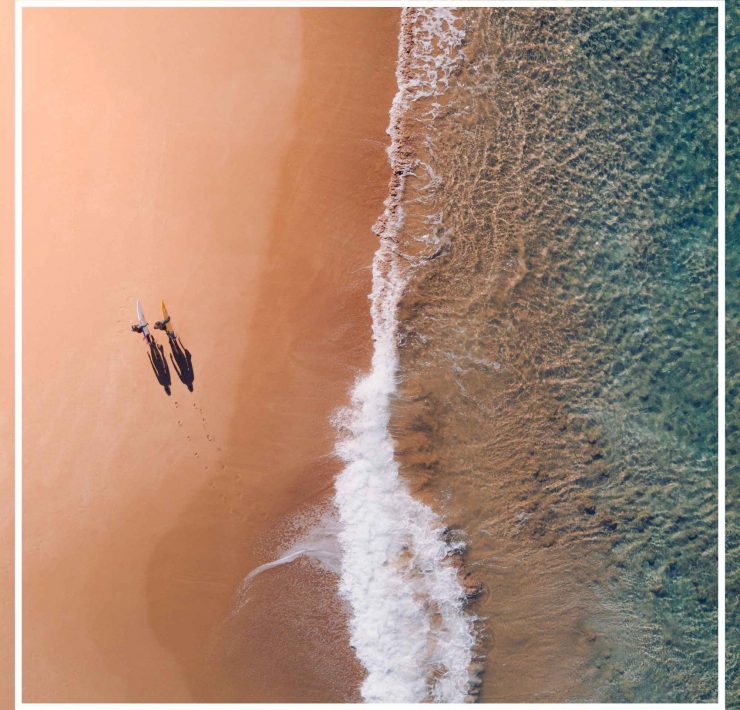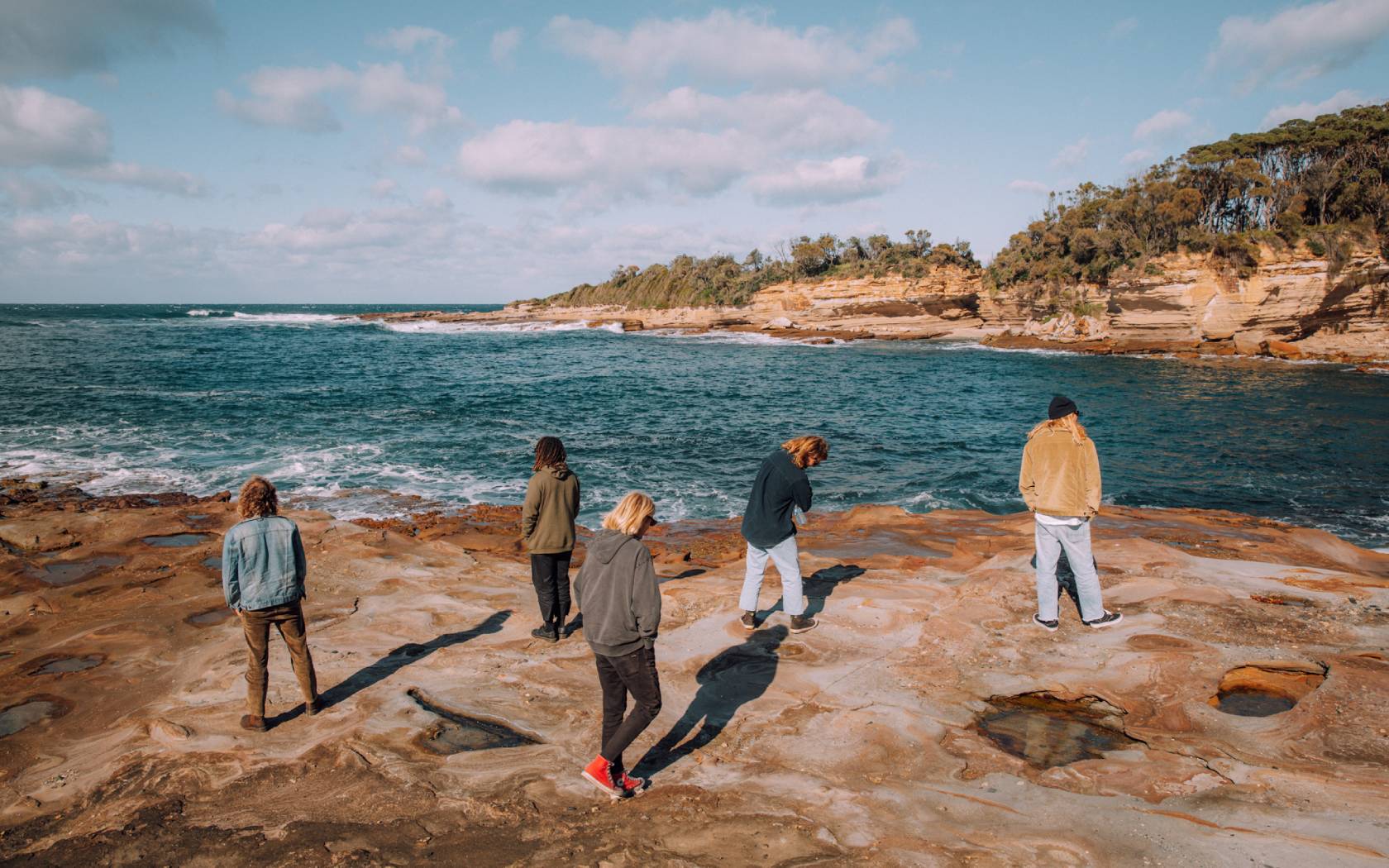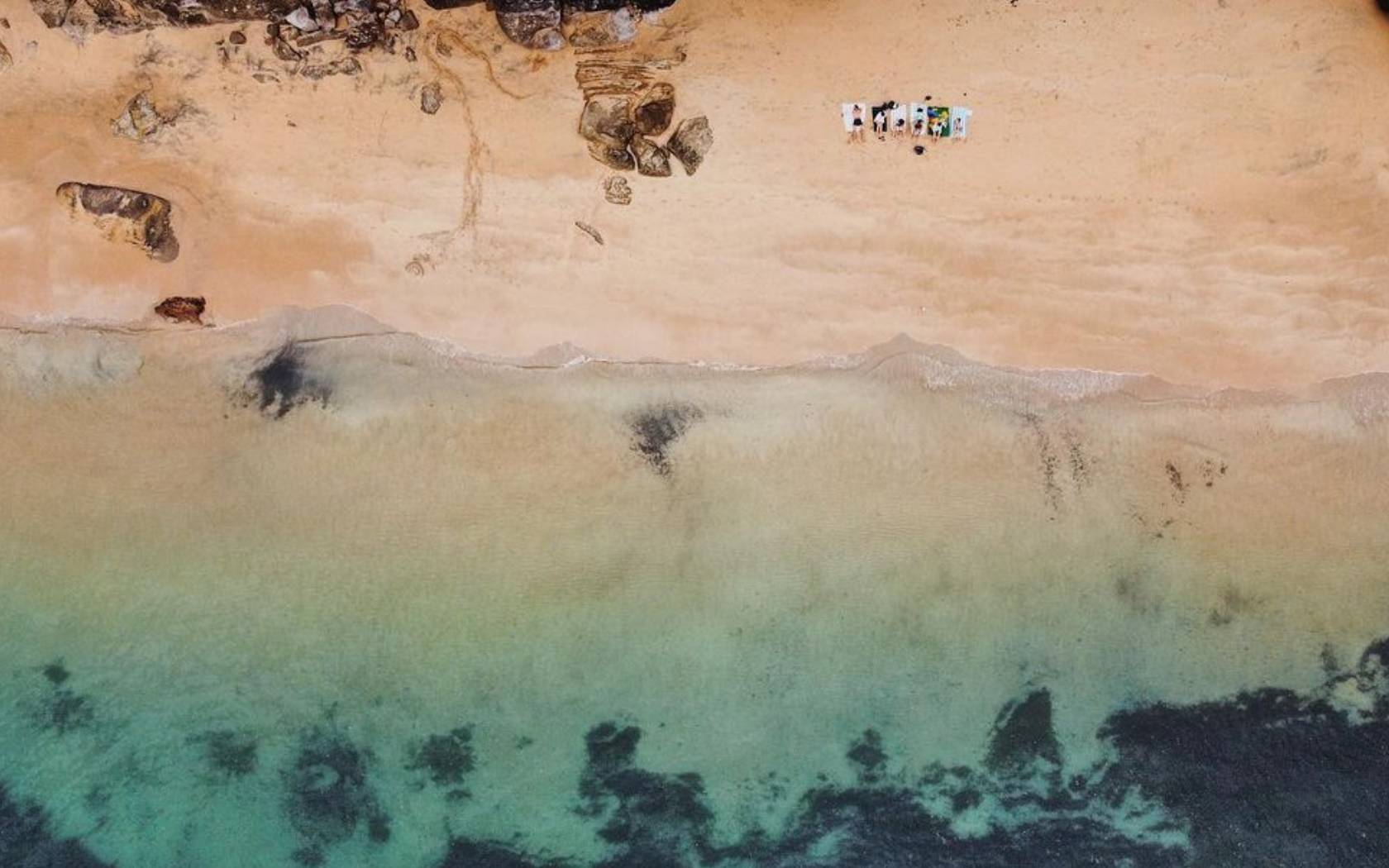Why Does The World’s First Underwater Roundabout Look Exactly Like A Jellyfish?
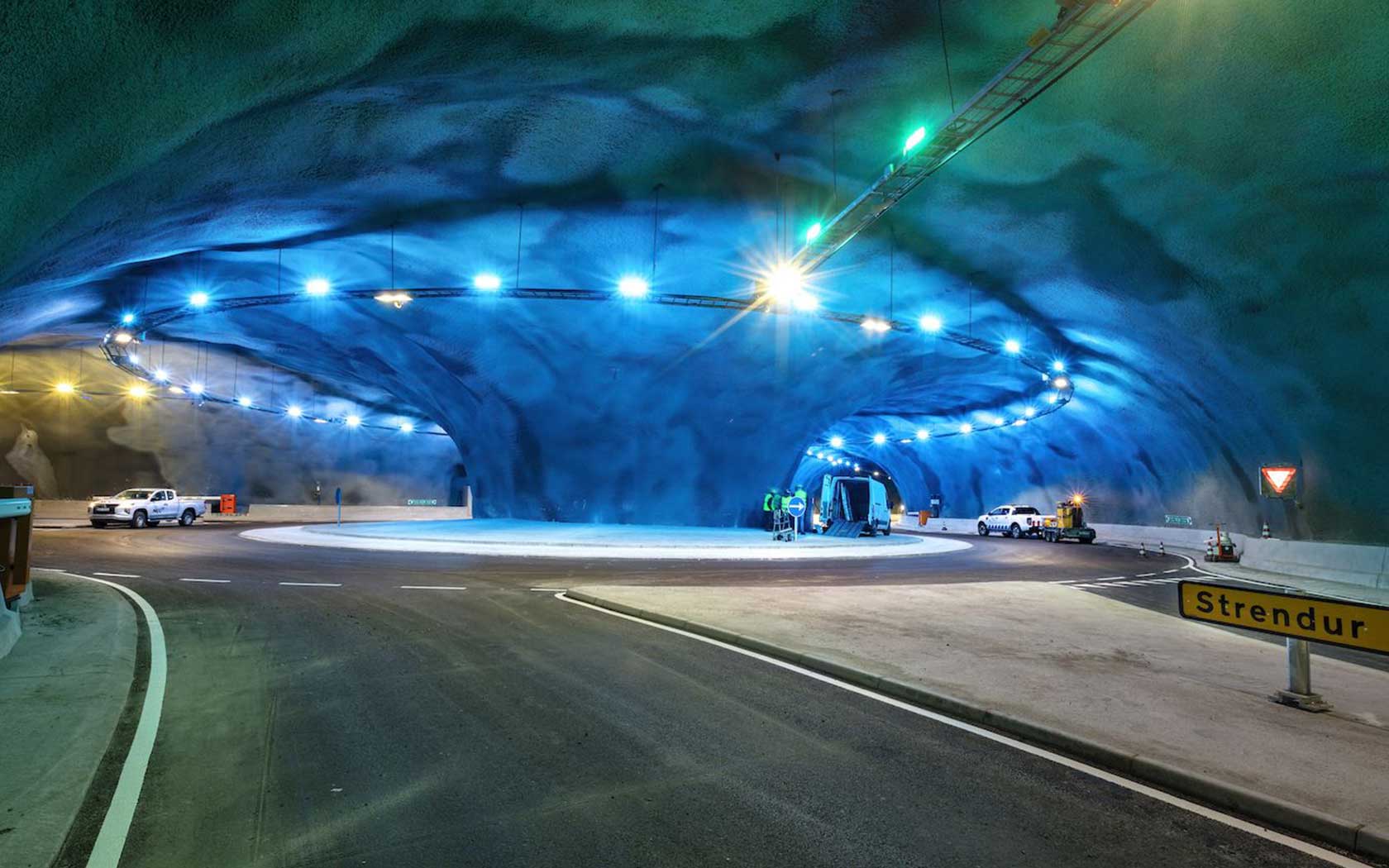
Sonia is a travel, lifestyle, and design writer and editor…
There’s been a lot of ‘world firsts’ this year, most of which we could have done without. However, sliding in just before December tapers off, is an underwater roundabout in the Faroe Islands – and the photos are pretty insane.
The rugged and remote Faroe Islands have always held a mystical energy and now, we can confirm that distinct vibe also extends to their infrastructure projects, namely the subsea Eysturoy tunnel network.
You see, this isn’t your standard toll road. Deep beneath the Atlantic Ocean, at the centre of this road network you’ll find an underwater roundabout fashioned in the likes of a giant jellyfish.
Made of natural rock and decorated in an aquatic theme by Faroese artist Tróndur Patursson, this roundabout has blue and green light effects, contains sculptures and runs under an actual fjord (Skálafjørður fjord, for those playing at home).
The tunnel will open on December 19 after three years of construction, connecting the two Faroe islands of Streymoy and Eysturoy.
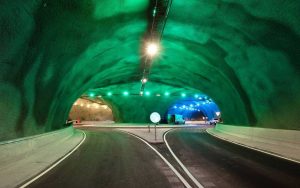
Sure, it looks ridiculously good, but functionally-speaking, this new tunnel network is a huge win for residents travelling between the capital Tórshavn and second-largest city, Klaksvík.
Currently, there is only one tunnel connecting the two islands and it takes travellers about an hour and 14 minutes to drive between the two towns – now that time will be cut to just 16 minutes. That’s efficiency, people.
The 11-kilometre-long tunnel network runs quite deep, so it’s not for the claustrophobic. According to the BBC, the lowest point of the tunnel is 187m (613ft) below sea level.
Another similar tunnel is set to open in 2023, which will connect the islands of Sandoy and Streymoy and making this the country’s biggest ever infrastructure project.
Cars will be charged a toll of about $17 (75 Danish kroner) for a one-way journey, or commuters can pay for a yearly subscription. Who knows, we may even get there ourselves sooner than we thought.
(Lead Image: Eystur- og Sandoyartunlar)
Sonia is a travel, lifestyle, and design writer and editor who lives for sharing a personal rec. See what she's up to @literallysonia.



